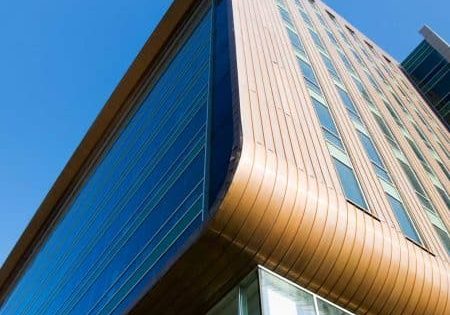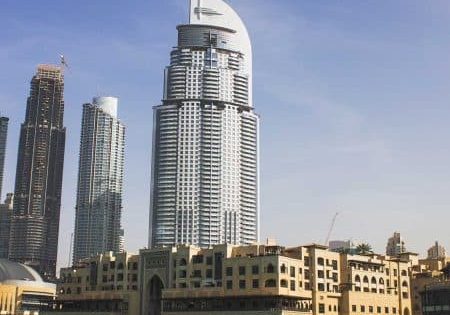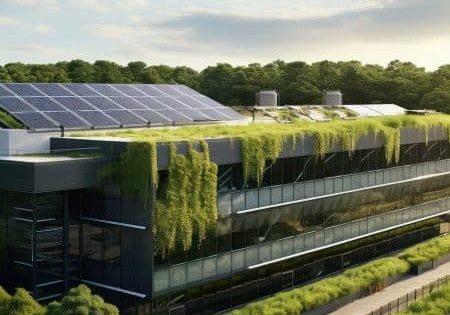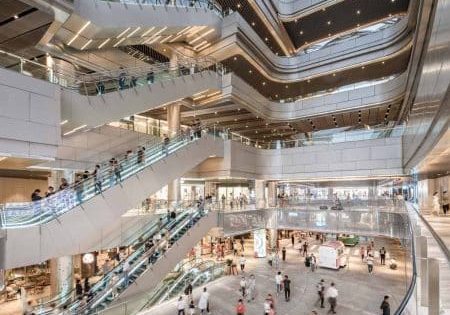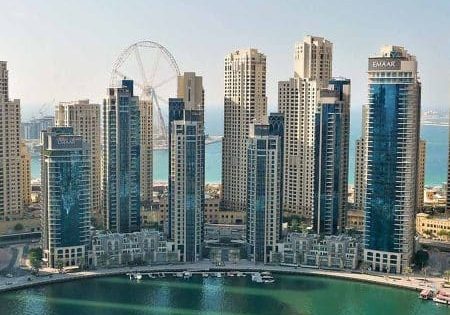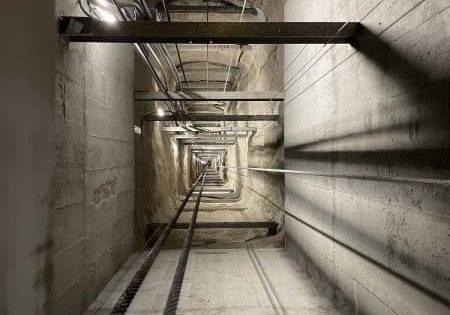Transformative Construction Boom in KSA and U.A.E.
Sep 1, 2024
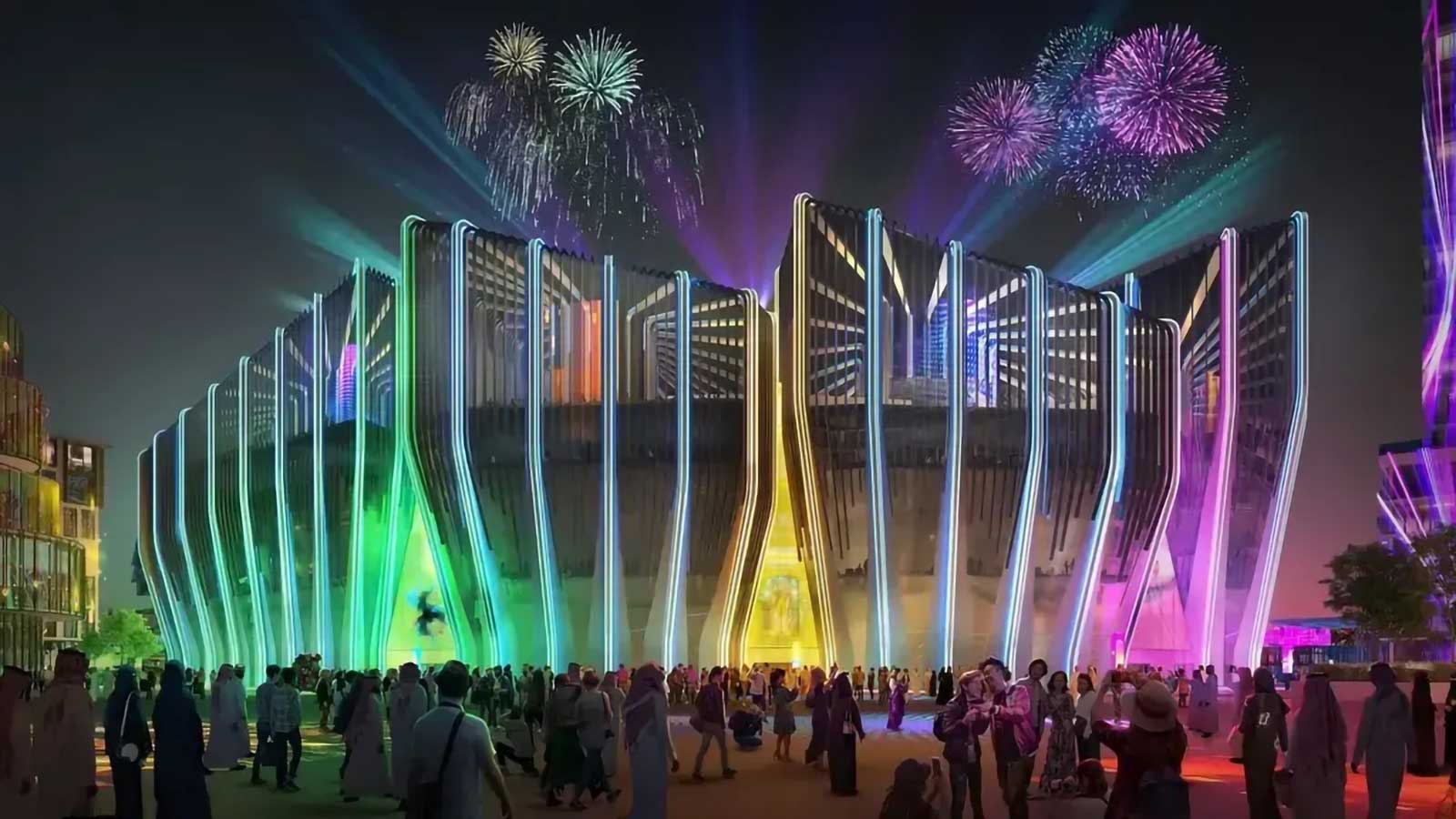
A look at major projects and what’s driving them
by Ehtesham Ahmed
The Middle East has been experiencing a transformative construction boom, especially in the Kingdom of Saudi Arabia (KSA) and the United Arab Emirates (U.A.E.). These two countries have harnessed their economic prowess and visionary leadership to undertake monumental projects that are reshaping their urban landscapes and driving significant growth trends. This article explores the factors fueling this construction boom, the key projects underway and the broader economic and social impacts.
Economic Diversification and Visionary Initiatives
At the heart of the construction surge in KSA and U.A.E. are ambitious national strategies aimed at economic diversification. Both countries recognize the finite nature of oil reserves and are investing heavily in non-oil sectors to ensure sustainable growth.
Vision 2030 in Saudi Arabia
Launched in 2016, Saudi Arabia’s Vision 2030 is a blueprint for reducing the kingdom’s dependency on oil and diversifying its economy. The plan encompasses a range of sectors, including tourism, entertainment and infrastructure. The construction industry plays a pivotal role in this vision, driving massive urban development projects.
U.A.E.’s Centennial 2071
The U.A.E.’s Centennial 2071 is a long-term vision focused on making the U.A.E. one of the best countries in the world by its centennial anniversary. The strategy emphasizes innovation, sustainability and happiness, with significant investments in smart cities and infrastructure as foundational elements.
Key Construction Projects
The sheer scale and ambition of construction projects in KSA and U.A.E. are redefining the Middle Eastern skyline. These projects are not just architectural marvels, but also engines of economic growth and urban transformation.
Saudi Arabia’s Mega Projects
- NEOM: Perhaps the most ambitious of all, NEOM is a US$500-billion mega-city project that promises to be a hub for innovation and sustainability. Spanning 26,500 km2, NEOM will feature smart infrastructure, renewable energy sources and high-tech industries, setting a new standard for future cities.
- The Red Sea Project: This luxury tourism development aims to transform Saudi Arabia’s western coastline into a world-class tourist destination. It includes luxury resorts, nature reserves and an archipelago of pristine islands, reflecting Saudi Arabia’s commitment to boosting its tourism sector.
- Qiddiya: Positioned as Saudi Arabia’s capital of entertainment, sports and the arts, Qiddiya will host a range of attractions, including theme parks, sports facilities and cultural venues. This project is expected to generate substantial employment and attract both domestic and international tourists.
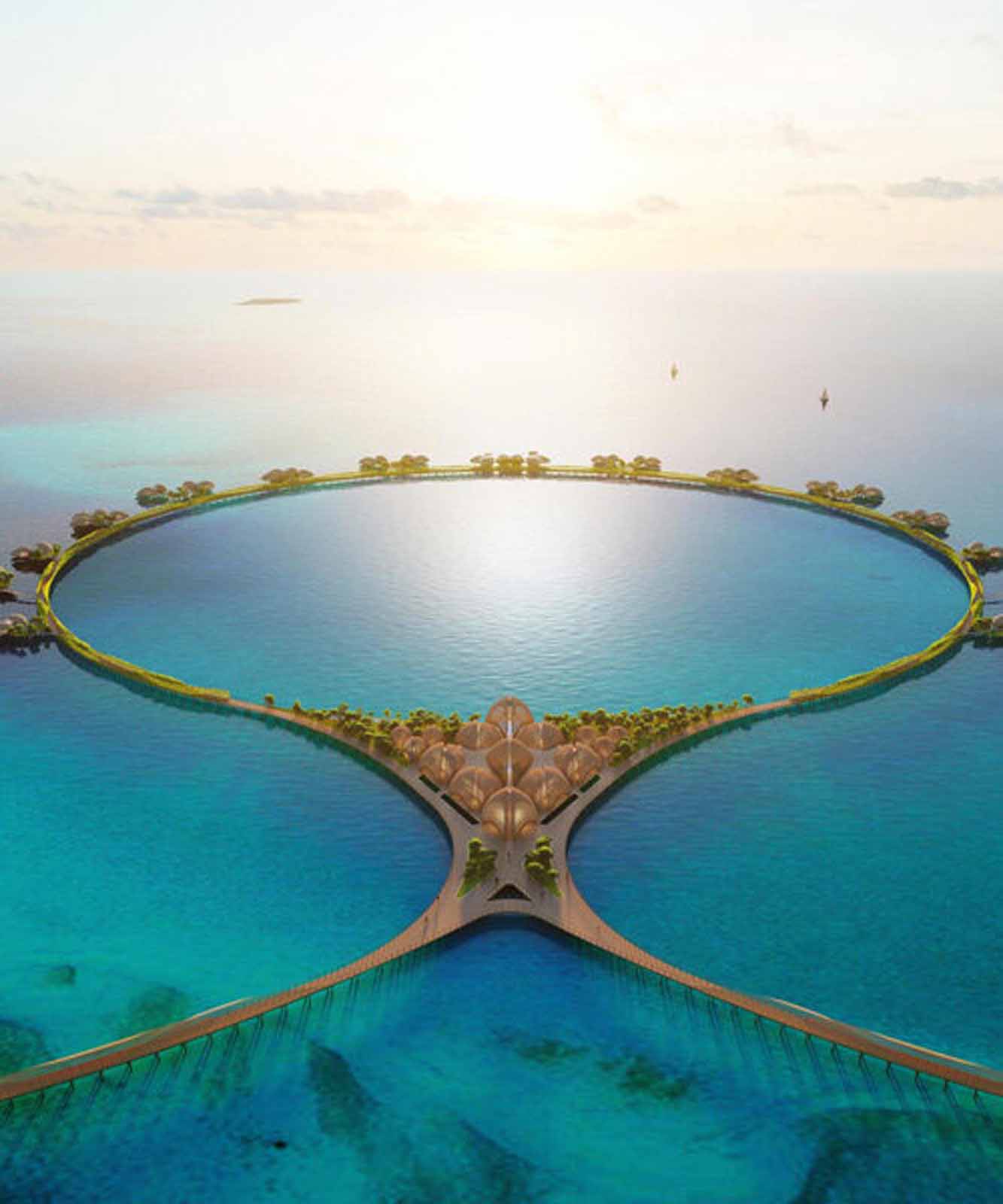
The sheer scale and ambition of construction projects in KSA and U.A.E. are redefining the Middle Eastern skyline.
U.A.E.’s Iconic Developments
- Maktoum Airport Expansion: The airport is designed to be the world’s largest airport, with the first phase of expansion expected to accommodate 120 million passengers and 100 double-decker Airbus A380 jets. The airport’s peak capacity is expected to be 160 million to 260 million passengers and 12 million t of cargo.
- Etihad Rail: The project was introduced under the Projects of the 50 scheme, with an investment worth US$13.61 billion. The ambitious Etihad Rail project involves the establishment of an inter-emirate 1,500-km-long rail network that will run from the Saudi border to Fujairah, slashing carbon emissions and providing businesses with a sustainable, efficient and cost-effective solution to regional cargo transportation and logistics. When completed, the railway would link all seven emirates. The railway will connect the U.A.E. to Saudi Arabia via Ghuwaifat in the west and Oman via Al Ain in the east.
- Hydroelectric Power Plant Hatta: Currently nearly 60% complete, Hatta’s Hydroelectric Power Plant is being built by Dubai Electricity and Water Authority (DEWA). The first of its kind in the Gulf Cooperation Council (GCC) union, the US$387-million project is part of the Dubai Clean Energy Strategy 2050 and the Dubai Net-Zero Carbon Emissions Strategy 2050 to provide 100% of Dubai’s total power production capacity from clean energy sources by 2050 — among them, solar power and green hydrogen production.
Drivers of the Construction Boom
Several factors are driving the construction boom in KSA and U.A.E., each contributing to the robust growth of the sector.
Economic Diversification
Both KSA and U.A.E. are actively reducing their reliance on oil revenues by investing in other sectors. Construction projects play a critical role in this diversification, creating jobs, attracting foreign investment and fostering new industries such as tourism and entertainment.
Urbanization
Rapid urbanization is another significant driver. Both countries have seen substantial population growth, necessitating the development of new residential, commercial and public infrastructure. This urban expansion is essential to accommodate the increasing number of expatriates and the local population.
Technological Advancements
Adopting advanced construction technologies has been crucial in achieving the ambitious goals of these projects. Building Information Modeling (BIM), prefabrication and green building technologies are enhancing efficiency, reducing costs and ensuring sustainability.
Strategic Location
KSA and U.A.E.’s strategic location as gateways between East and West has made them attractive hubs for international trade, tourism and investment. This advantage has facilitated large-scale construction projects aimed at boosting economic competitiveness and global standing.
Job Creation
Large-scale construction projects generate numerous jobs across various sectors, from engineering and architecture to hospitality and retail. This employment surge benefits both local populations and expatriates, contributing to economic stability and growth.
Enhanced Infrastructure
Infrastructure development, including roads, airports and public transport, is improving connectivity and quality of life. These enhancements are vital for economic activities, enabling smoother movement of goods, services and people.

Tourism Growth
The construction of world-class tourism and entertainment facilities is positioning KSA and U.A.E. as premier tourist destinations. This sector’s growth is crucial for economic diversification, bringing in foreign exchange and promoting cultural exchange.
Innovation and Sustainability
Projects like NEOM and the Museum of the Future in Dubai are fostering innovation and sustainability. By integrating smart technologies and renewable energy, these projects set benchmarks for future developments and highlight the region’s commitment to a sustainable future.
Cultural and Social Development
The construction of cultural and recreational facilities, such as museums, theaters and sports venues, enriches the social fabric and enhances quality of life. These developments also promote cultural heritage and provide platforms for arts and entertainment.
Outlook
The future of the construction industry in KSA and U.A.E. looks promising, with numerous projects in the pipeline and ongoing efforts to attract investment and talent. Continued focus on sustainable and smart construction practices will be essential in addressing environmental concerns and ensuring long-term viability.
Emphasis on Sustainability
Future projects are likely to place even greater emphasis on sustainability, with increased use of renewable energy sources, green building materials and eco-friendly designs. This shift is in line with global trends and environmental commitments.
Digital Transformation
The integration of digital technologies — such as AI, the Internet of Things and blockchain — will revolutionize construction practices, enhancing efficiency, reducing costs and ensuring higher quality outcomes. These technologies will also facilitate better project management and maintenance.
Regional Collaboration
Enhanced regional collaboration among GCC countries could lead to more integrated and efficient construction practices. Collaborative projects and harmonized regulations can facilitate smoother execution of cross-border projects and attract more significant foreign investment.
Conclusion
The construction boom in KSA and U.A.E. is a testament to the visionary leadership and strategic planning driving economic diversification and sustainable growth. These developments are not only transforming the urban landscape, but also fostering economic resilience, job creation and cultural enrichment. As both countries continue to innovate and invest in future-forward projects, the construction industry will remain a cornerstone of their growth and prosperity, setting new benchmarks for the region and beyond.
Get more of Elevator World. Sign up for our free e-newsletter.


